The 1990s were an exciting time for the automotive world. Technology was advancing at a rapid rate, meaning cars were getting faster, more powerful, and more reliable. The decade would give us some of the most fascinating vehicles ever made, yet not all of them have been appreciated over the years.
Some perfectly good cars have just not gained the attention or acclaim that they deserve. This list contains some of those, explaining why they are underappreciated and what makes them some of the best cars of the period.
Fiat Multipla
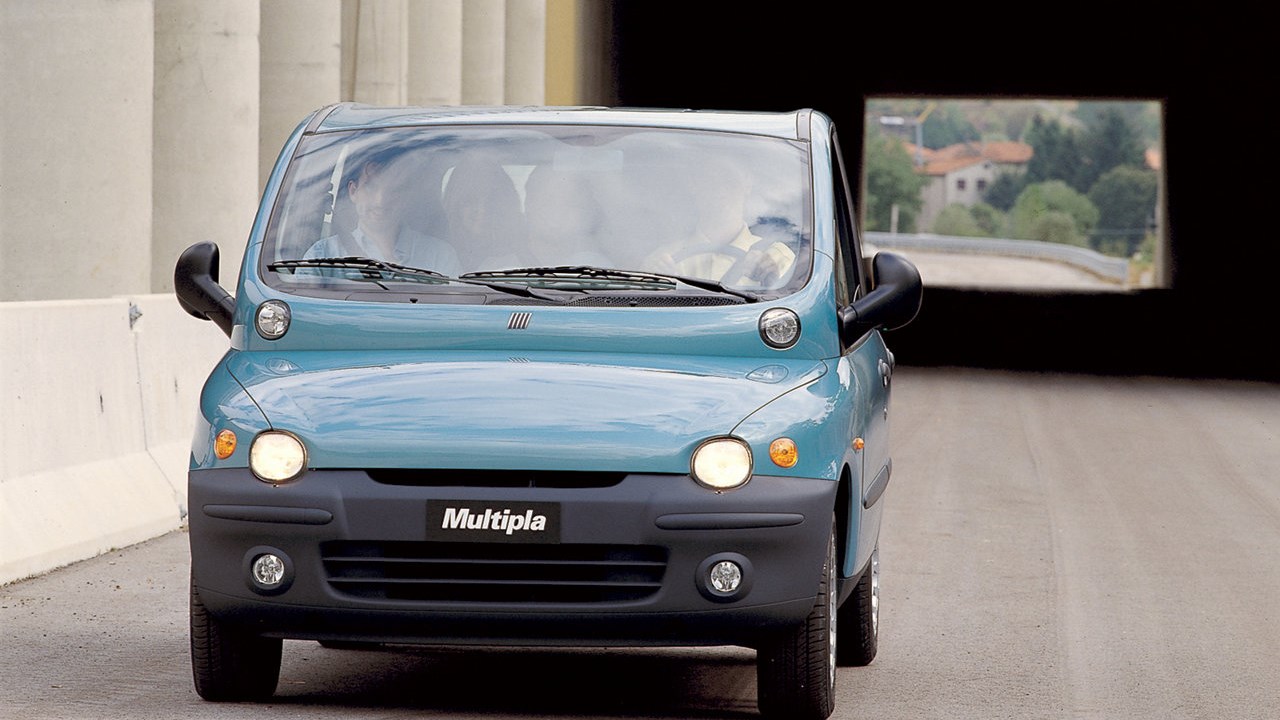
The Fiat Multipla just makes this list, with production commencing in 1998. The striking-looking MPV was based on the Bravo/Brava platform, and Fiat created a highly practical vehicle with two rows of three seats. Yet unlike some six-seaters, the Multipla had bags of room.
The large windows allowed for plenty of light to enter the cabin, and there was loads of room for the family’s luggage. Sales were only hindered due to its unusual design, yet now people are beginning to appreciate the Multipla for what it is.
Mitsubishi 3000GT
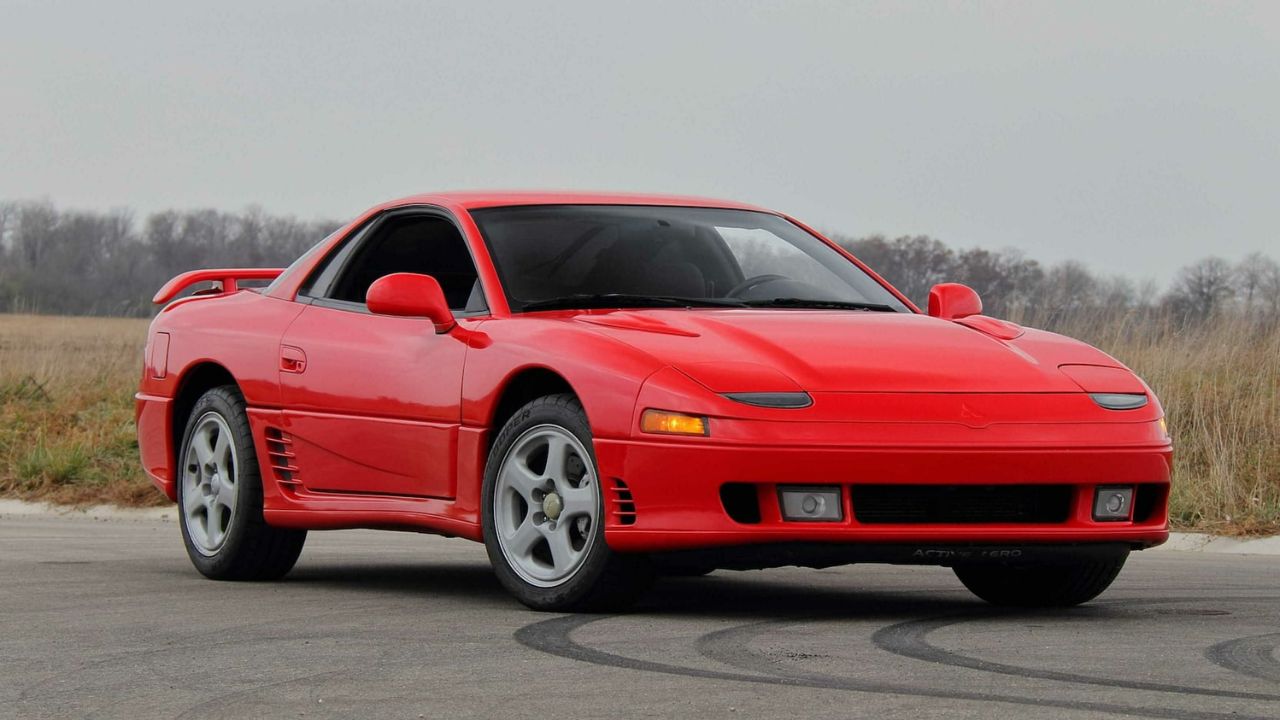
The 1990s saw some genuinely spectacular sports cars enter the fray, such as the Honda NSX and S2000 and the final generation of the Mazda RX-7. However, one that flies under the radar is the Mitsubishi 3000GT, produced from 1990 to 2000.
Based on the Mitsubishi Sigma/Diamante platform, the 3000GT had various V6 engines under the hood, including the 3.0-liter twin-turbocharged 6G72. It was stylish, fast, and reliable, and it would remain Mitsubishi’s flagship model for the whole decade.
Lotus Elan M100
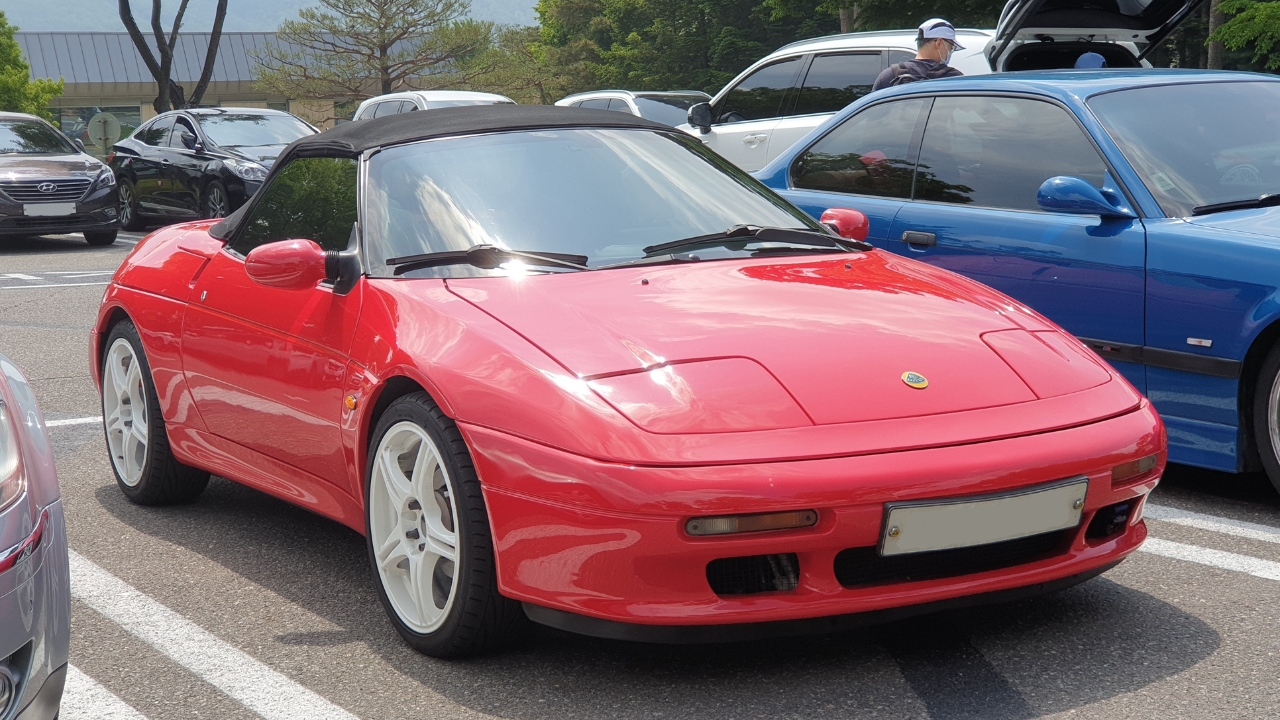
The final generation of the Lotus Elan was produced from 1989 to 1995, reviving the nameplate after a 14-year absence. Lotus made a very modern-looking machine with a fiberglass body and a rigid steel backbone chassis. The Elan M100, therefore, stayed true to the motto of Lotus founder Colin Chapman, which was lightweight performance.
Power came from a range of inline-four engines, including two from Isuzu and a larger 1,793 cc unit from Kia. Lotus invested around $55 million into the M100, thanks to its ownership by General Motors at the time.
Honda Beat
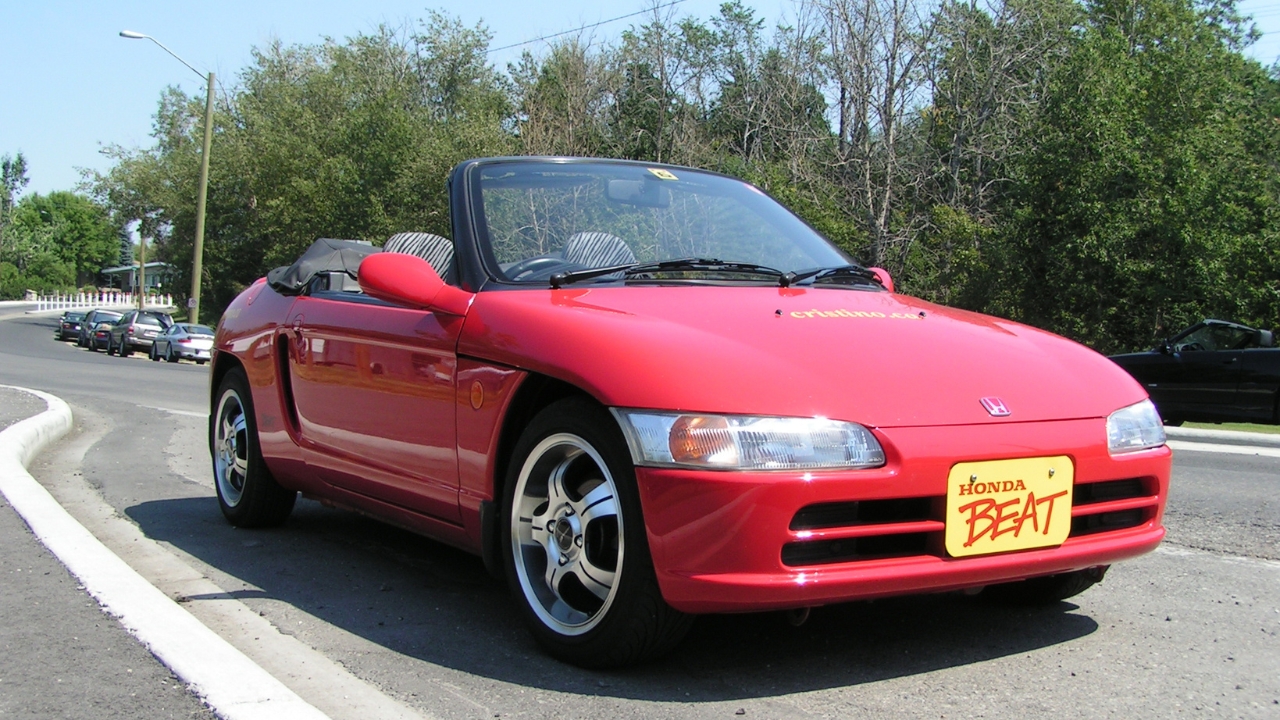
Kei cars are a rarity in the United States, and while they are highly practical, their small size doesn’t stop them from being a lot of fun. This is true of the Honda Beat, produced from 1991 until 1996. It was the final car approved by Soichiro Honda before he died in 1991.
The Beat was essentially a shrunken sports car. It was light and agile, and the 656 cc E07A inline-three engine produced 63 horsepower. This meant the Beat was good for a top speed of 84 mph, albeit electronically limited.
First-Generation Honda Insight

The sleek and elegant Honda Insight is one of the most remarkable cars of the decade. It was the world’s first production hybrid, just edging out the Toyota Prius, and its sleek, streamlined shape was all about efficiency.
It clearly worked, as Insight had a drag coefficient of just 0.25, the lowest of any production car at the time. Power came from a 1.0-liter ECA1 inline-three engine and a 13-horsepower electric motor, which led to a remarkable combined fuel economy rating of 53 MPG.
Fourth-Generation Honda Prelude
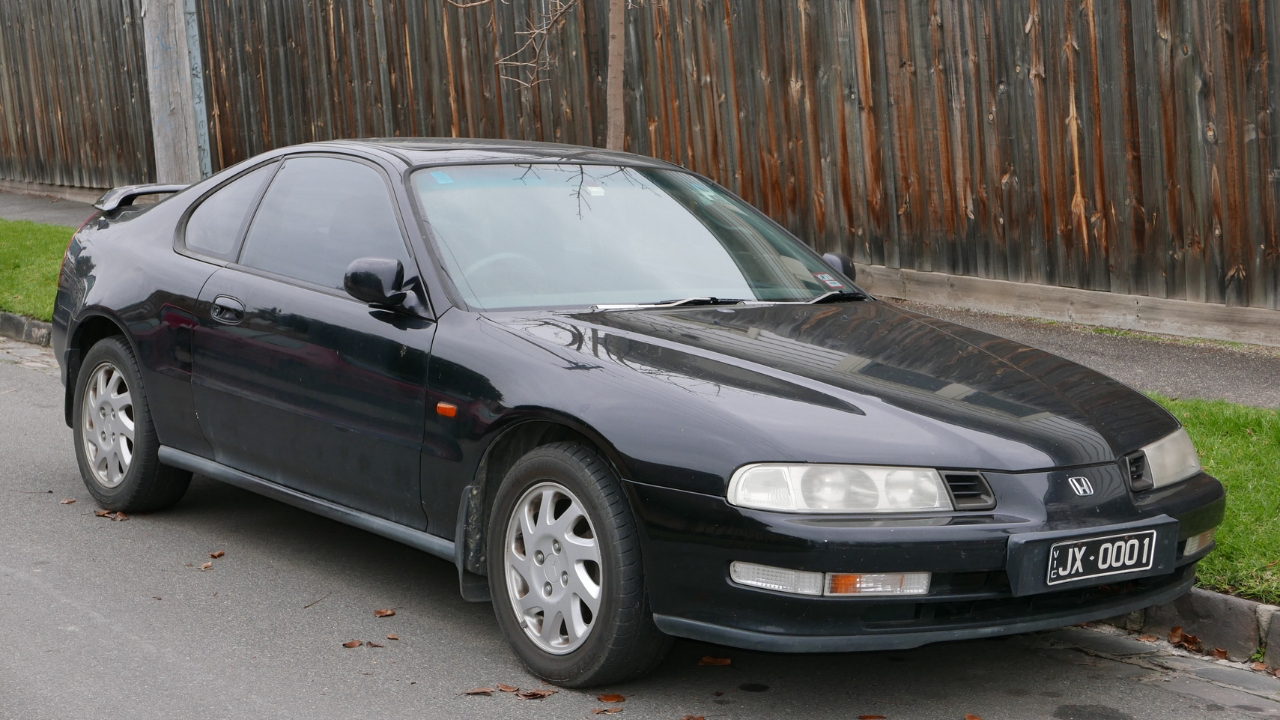
Honda knew a thing or two about producing excellent cars in the 1990s. The fourth-generation Prelude, produced from 1991 to 1996, is another example. Aside from its excellent-looking design, the Prelude had a four-cylinder engine that produced up to 158 horsepower and 156 lb-ft of torque.
Like many of Honda’s products from the 1990s, the Prelude was comfortable, reliable, and highly desirable. Yet in 2024, it’s overlooked for flashier machines, which, in our mind, is a great shame.
Saab 900 Turbo
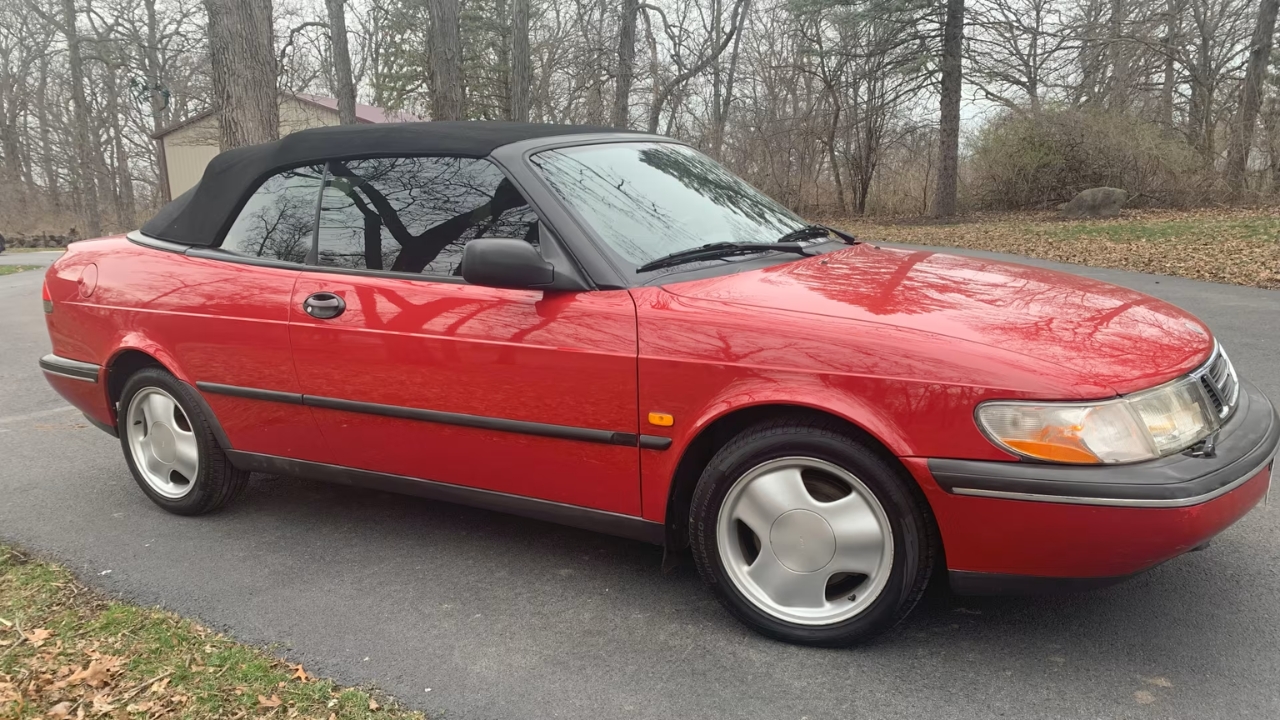
We dearly miss Saab, a Swedish manufacturer. The Saab 900 Turbo encapsulated what made the company so good, produced during the car’s final flourish in the 1990s.
The 900 Turbo was a good-looking, reliable family car with four-wheel drive that could accelerate quicker than most other vehicles on the road at the time. Plus, being a Saab, it was incredibly safe and very comfortable.
BMW 8-Series
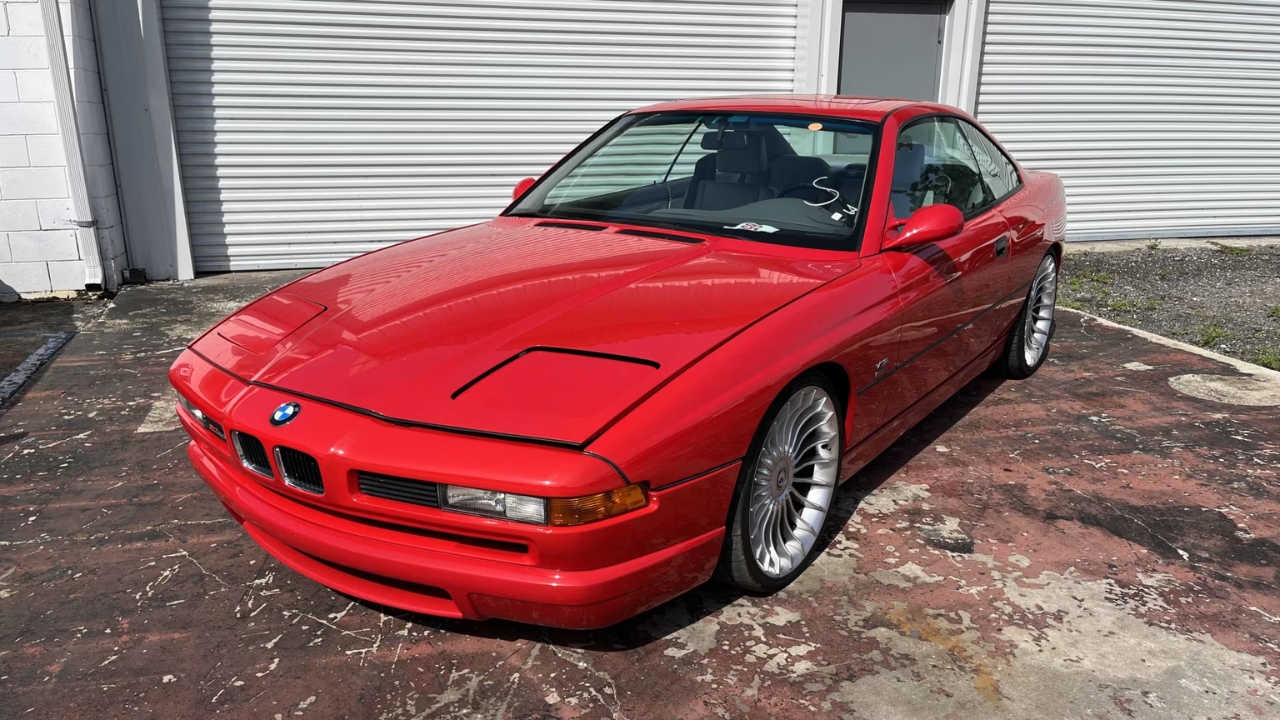
The BMW 8-Series of the 1990s is one of the German manufacturer’s quirkiest and coolest-looking cars of the decade. It’s sleek, with a stylish shark nose and a pillar-less design, but what makes it so special is what lies under the hood.
Lower-end models have the M60 4.0-liter V8, producing 282 horsepower and 295 lb-ft of torque. However, the ultimate version uses BMW’s first production V12 engine, displacing 5.0 liters and making 296 horses and 332 lb-ft of torque.
1993-2004 Ford Mustang SVT Cobra
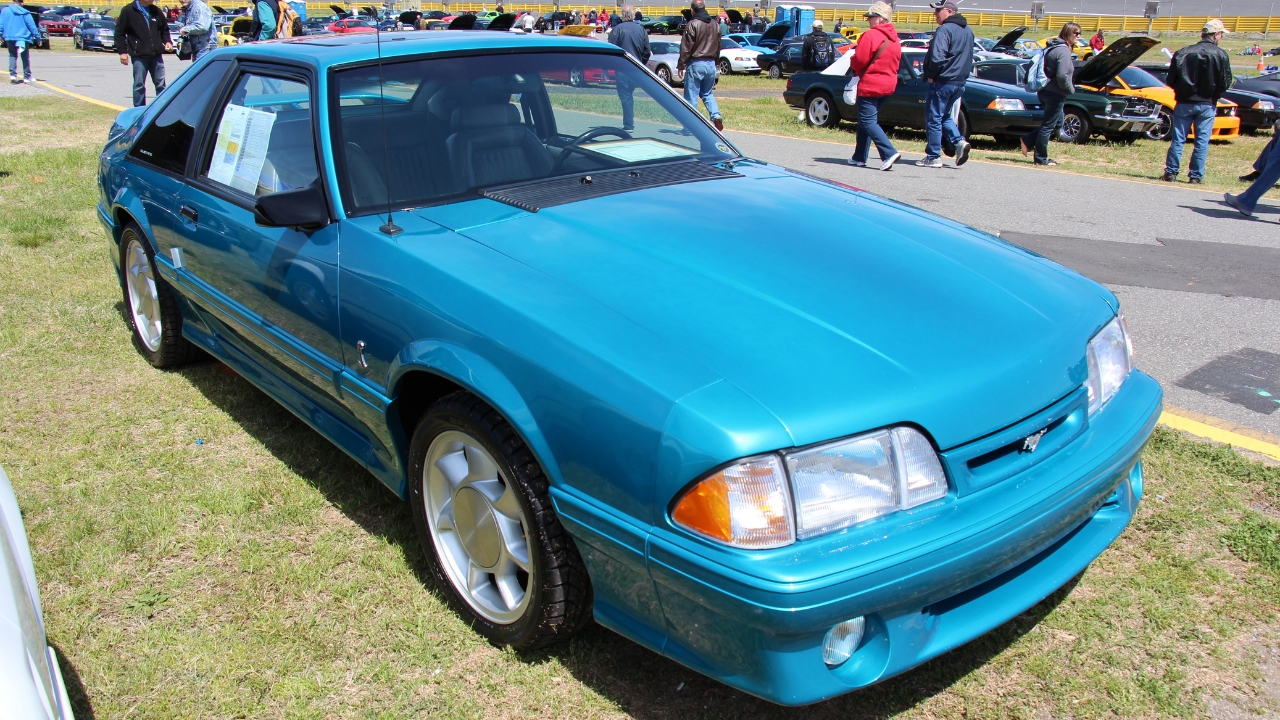
There have been plenty of excellent Ford Mustangs produced over the years, yet one that is often forgotten is the Mustang SVT Cobra, made in various forms from 1993 to 2004.
The car really came into its own at the end of the decade as the 2000s dawned. That year, Cobra R had a massive 5.4-liter V8 under the hood, chucking out 385 horsepower and 385 lb-ft of torque.
GMC Syclone
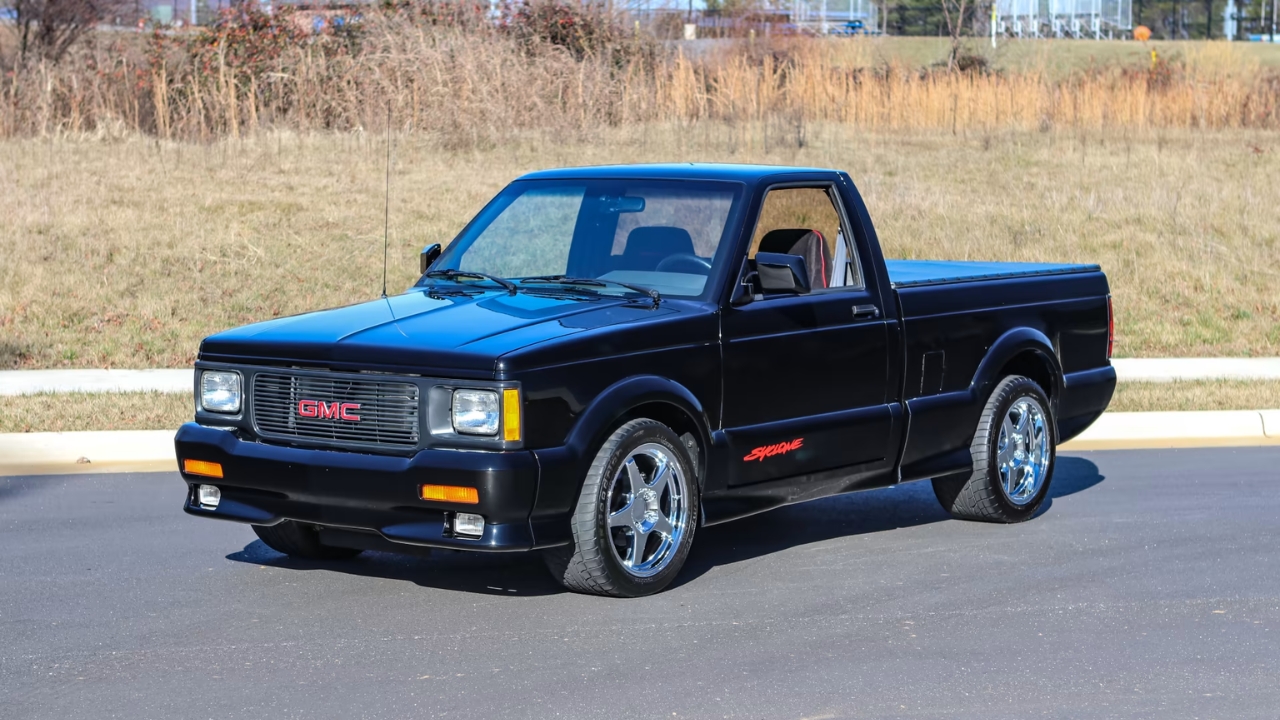
In a world full of performance trucks, it’s easy to forget where the segment really started. Arguably, it was with the GMC Syclone of 1991-1992, a monster pickup truck that was the fastest in production at the time.
Power for the Syclone came from its highly-impressive 4.3-liter LB4 turbocharged V6 engine. An engine is good enough for 280 horsepower and 350 lb-ft of torque. The Syclone was a monster, with a 0-60 mph time of just 5.3 seconds, yet it retained all of the practicality of a regular pickup truck.




